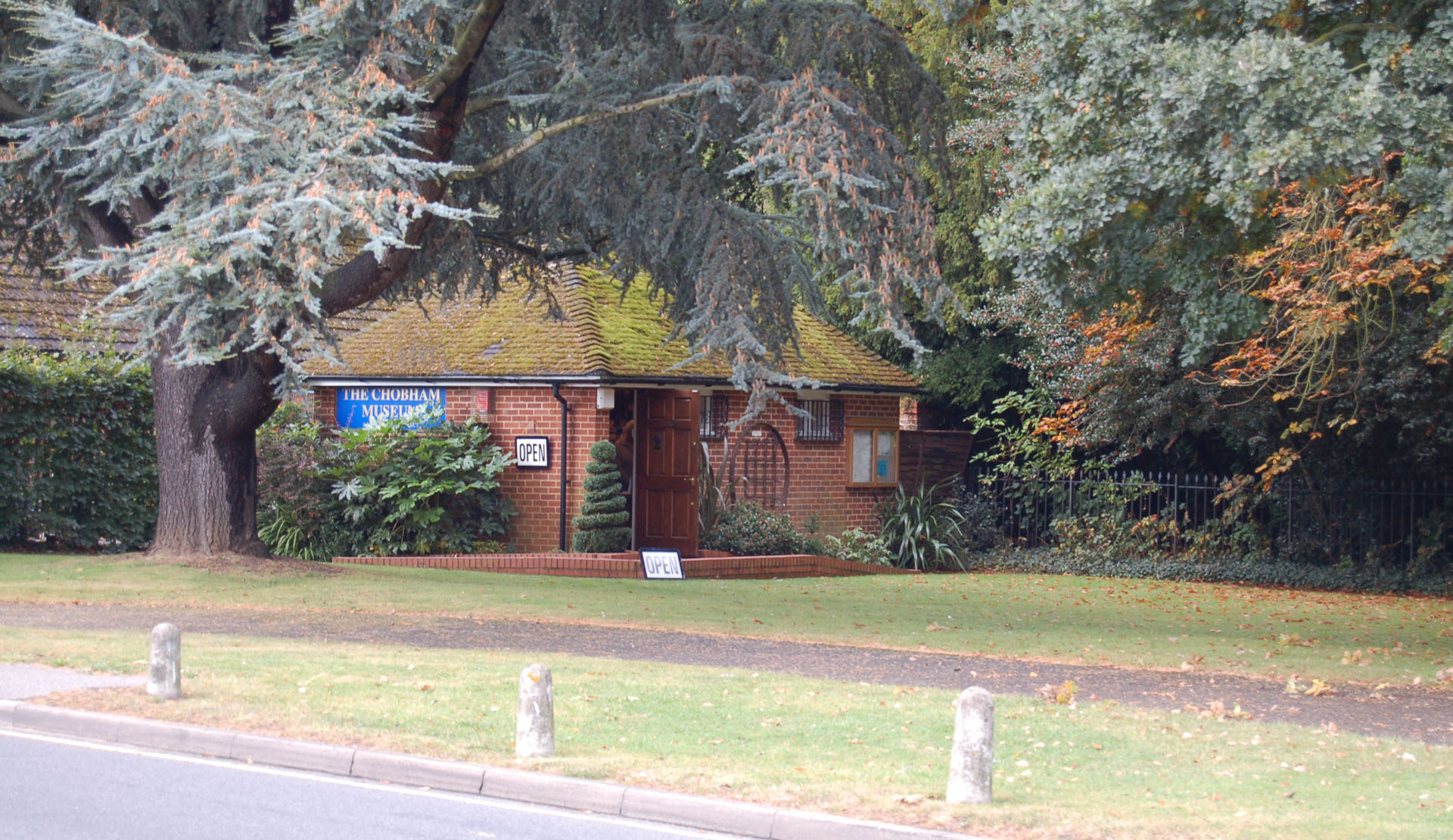Following the withdrawal of the Roman Legions from Britain by 410 AD, the former Roman province of Britannia lost regular contact with the rest of the Roman Empire and was no longer part of a money-using economy. Quite rapidly, manufacture, marketing and trade ceased to be viable activities, and the institutions most dependant on them, the towns and villas were abandoned.
The province lost its central government and reverted to being held by many British tribes who no doubt resumed their pre-Roman infighting 1. In the resulting power vacuum the province became fair game for pirates of many nationalities.
For the next 500 years Britannia came under the control of Germanic and Scandinavian peoples. First, to the South and East, came the Germanic tribes: the Jutes, Frisians, Angles and Saxons. From the 8th century the Vikings destroyed and occupied sites along the western and eastern seaboards. The British kings, now confined to Cornwall and Wales, in unsuccessful attempts to drive out the Germanics, occasionally combined forces with the Vikings.
The Coming of the ‘Saxons’
From the early 5th century increasing numbers of Germanic pirates invaded the eastern and south eastern coasts and rivers. The invaders, principally Jutes, Saxons, Frisians and Angles competed against each other, the British tribes no doubt continued their infighting, and the British and invaders fought each other. The period must have seen the destruction of most of the vestiges of civilised Roman life in Britain.
Prolonged, though perhaps sporadic, war with Germanic invaders followed until, c 500, the British tribes at last working together achieved a victory at the battle of Badon. This effectively confined the invaders to the east.
But renewed warfare after 550 led to their conquest of virtually all of Britannia by the Saxons by c 600.
Both the economy and agriculture density seemed to have declined markedly since the Roman period. Thus incoming invaders would have found a countryside which was not fully utilised; the invaders were relatively few in number and they would have been able to fit in fairly easily.
Ceabba’s possible appearance
David Stokes
Sometime before the early decades of the sixth century, warrior farmers probably from Friesland 5 (now a northern province of the Netherlands) rowed their longboats up the Thames and established settlements in Surrey.
In the later 6th century the invaders began to spread inland from their settlements along to Thames. Along the Bourne there is a string of ‘hams’; Woodham, Chobham and Windlesham – which may indicate movement up the the Bourne from the Thames. This is not to say that they came up the Bourne in ships!; merely that their agricultural settlements developed along water courses.
Place names ending in ‘ley’ and ‘ing’ are also of Saxon period origin; e.g. Bisley, Frimley and Woking (old Woking that is).
It is believed that one of their chieftains was called Ceabba and thus the settlement he established became known as Ceabba’s Ham. The place name evolved through the centuries as Chabbeham (in a charter dated 675 AD), as Cebeham (in the Domesday Book), and variously Chebeham, Chabeham and finally Chobham.
Map showing the Danelaw
The extent of the Danelaw
Map: British Museum
From the early 9th century Scandinavians began to threaten. Viking pirates initially laid waste to coastal and riverside areas, but when they began to over winter then their devastation spread far inland.
Later, large Danish armies and fleets made inroads into the NE and drove down right to the Thames. The resulting wars led, as fortunes flowed and ebbed, initially to a Wessex king of all Britannia. Wessex emphasised the unification under the Germanics by renaming the country England – a name which stuck. But by the early eleventh century, the Danish were in ascendancy and England had a Danish king. Subsequently, when the kingdom in Denmark faltered, power in England was handed back to a ‘Saxon’ king – Edward the Confessor, who had a Norman mother and had been raised and educated in Normandy. On Edward’s death this led directly to a takeover by the Normans (= Scandinavian ‘northmen’ who had settled in NW France) which lasted for the next three hundred years.
The annual collection of the Vikings’ ransom required a sophisticated system of tax collecting. When the Normans looked across the channel towards England they saw not just a thriving wealthy country but an efficient tax harvesting system that could deliver that wealth to them. So when in 1066 Edward the Confessor died, William the Norman found no shortage of French barons willing to help him contest the throne by force.
And so the efficiently organised, and largely peaceful country unwittingly created its own destruction; the Saxon era came to a very sudden and violent end. In its place a warrior ruling class and a heavy feudal system.
For more detailed local information, click on a subject at the top of the left border.
References:
1 Britannia – The Threat Within, British Archaeology, March/April 2006, p10
Links:-
Some of the images on this page have been reproduced from the excellent web site for Anglo-Saxon England at www.anglo-saxons.net
Good overview of Saxon life on http://www.angelcynn.org.uk/
Saxon illustrations and ideas at http://www.regia.org/village.htm
Saxon education and re-enactment at http://www.regia.org/regmemb.htm
